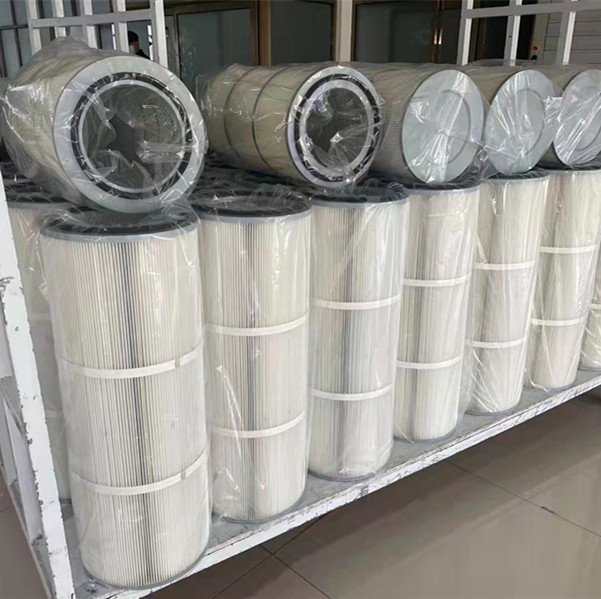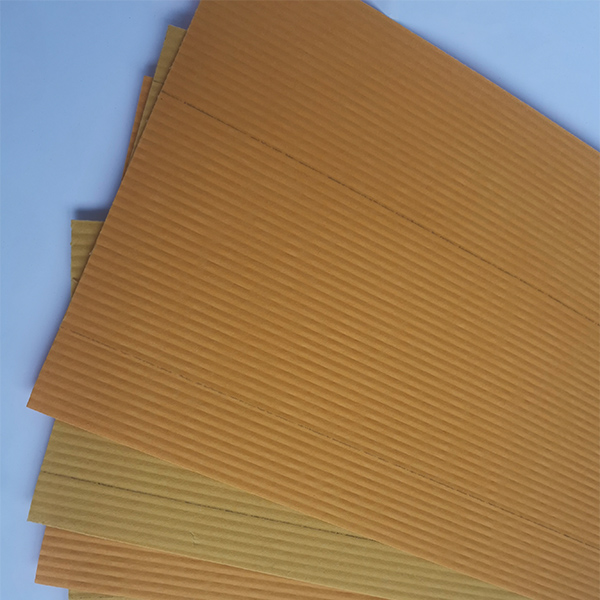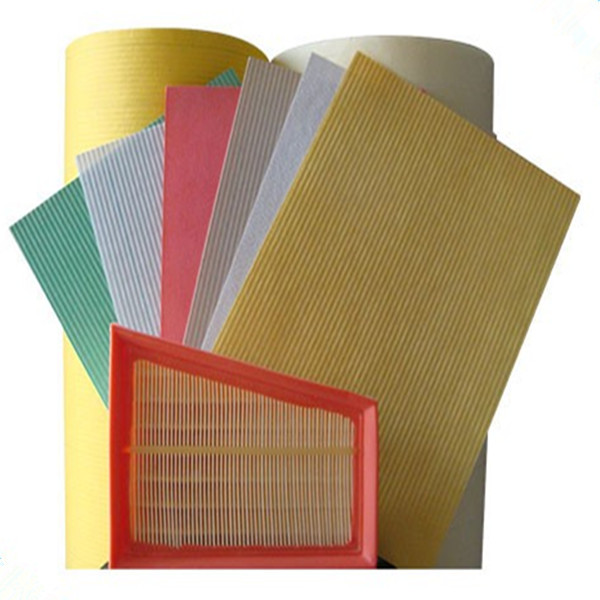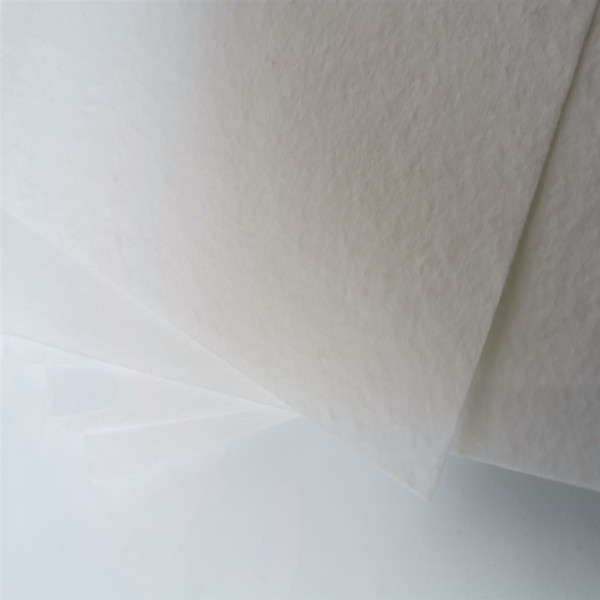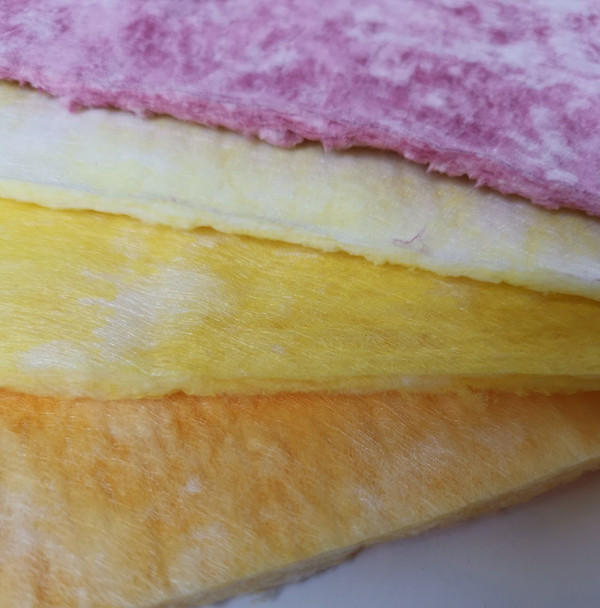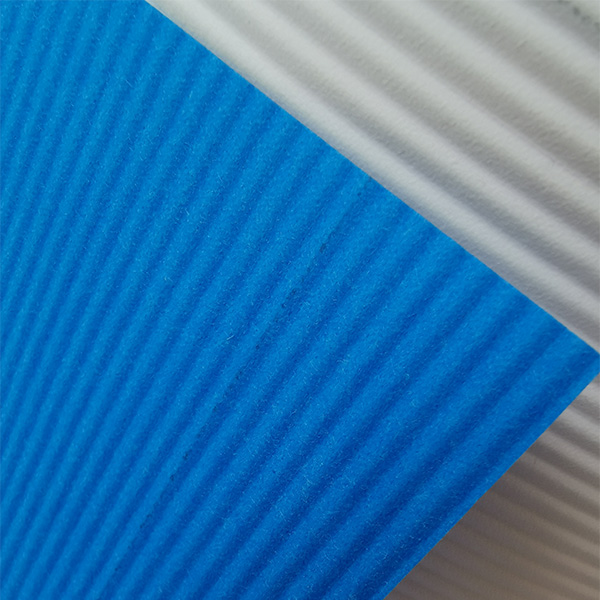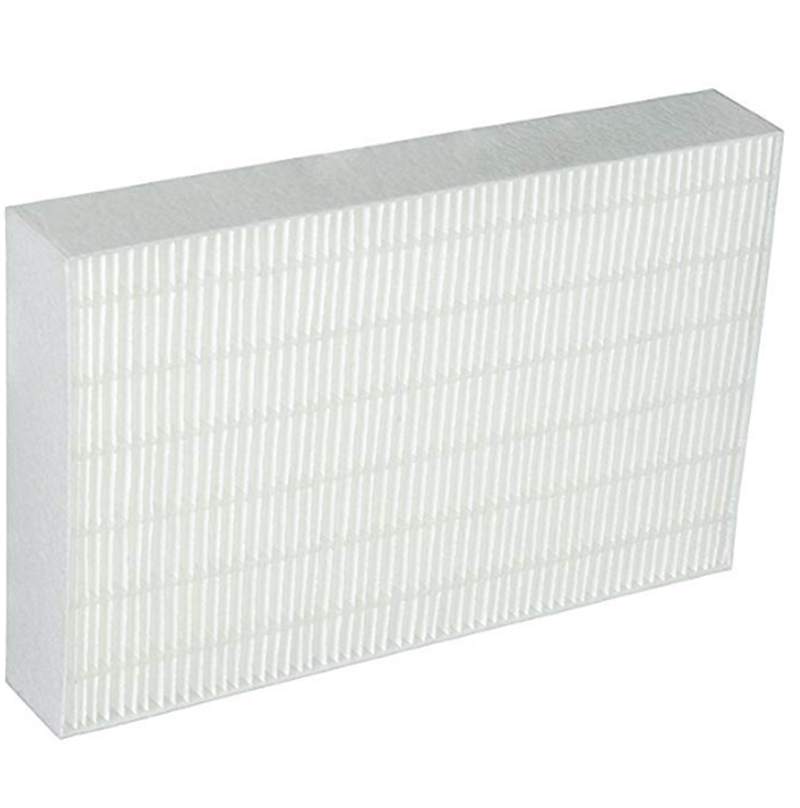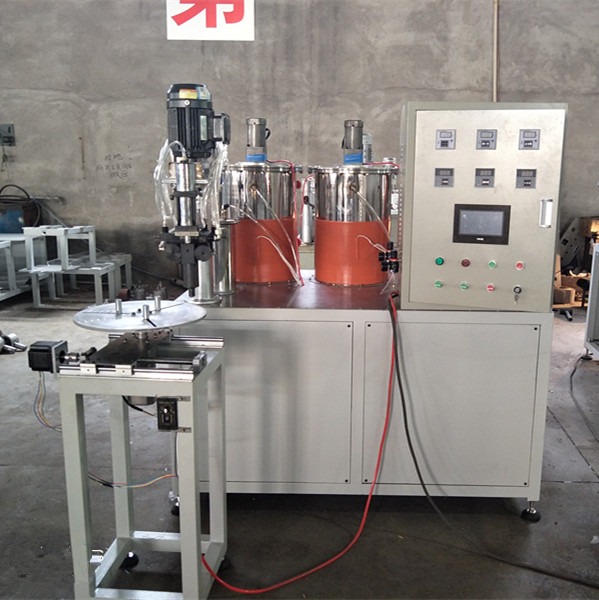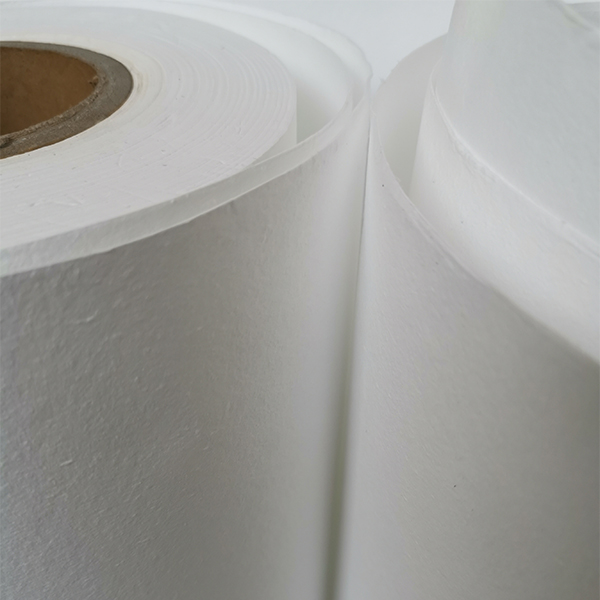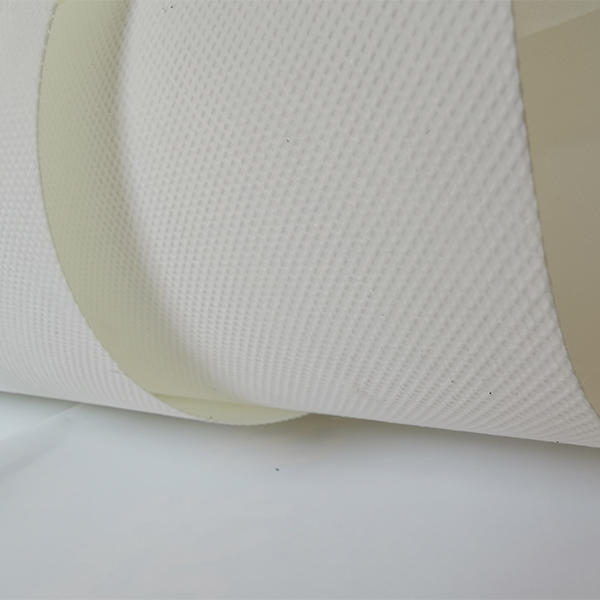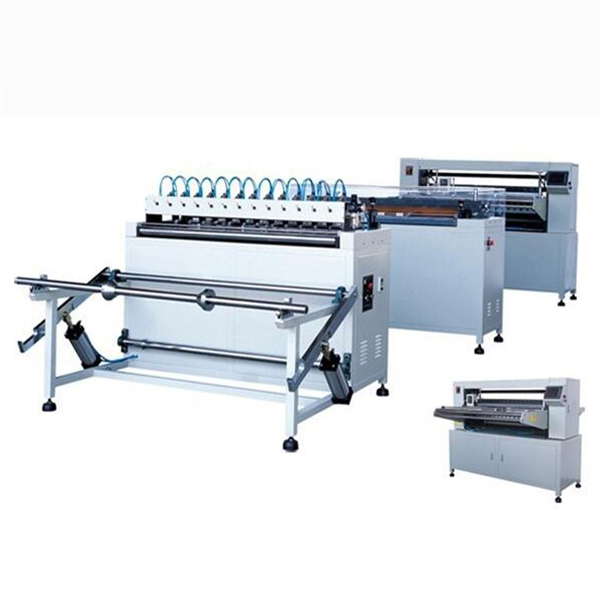Wire Mesh Filters: the quiet workhorse behind clean fluids, clean air, and steady uptime
If you’ve ever wondered why a pump ran cooler, a reactor stayed on-spec, or an HVAC coil lasted an extra season, there’s a good chance wire mesh filters had something to do with it. I’ve spent enough time in plants and field sites to know the unflashy bits often matter most. And yes, the spec sheet is important—but so are the small details like weave stability, weld quality, and whether the supplier actually understands your flow regime.

What’s trending now
Two trends I keep hearing: finer cut-points without crazy pressure drop, and traceability from melt to mesh. In chemicals and water treatment, plants want wire mesh filters that hold up to corrosives but still clean easily. In pharma, the talk is about surface finish and cleanability; HVAC folks are chasing lower ΔP for energy savings. Surprisingly, more buyers ask for EN 10204 3.1 certs and ISO/ASTM tolerance reports—once “nice-to-have,” now table stakes.
From material to shipment: how these are made (the short version)
Materials: SS304/316L are common; for harsh media, Monel 400, Inconel 625, or Hastelloy C-276 show up. Wire is drawn, then woven (plain/twill/Dutch) per ASTM E2016 and ISO 9044 tolerances. The mesh may be calendared for flatter profiles, then formed—cut discs, pleated cylinders, cones, or stamped baskets. Welding (TIG/laser), edge binding, and, if needed, passivation. Cleaning and QC follow: aperture checks, bubble-point (≈ASTM F316-esque), burst/pressure tests, salt-spray for coatings (ASTM B117). Final step: documentation—material certs (EN 10204 3.1), RoHS/REACH, and sometimes NSF/ANSI 61 for potable water contact.
Typical product specs
| Parameter | Typical options/specs | Notes (≈, around) |
|---|---|---|
| Mesh range | 5–500 mesh | Coarse screens to fine filtration |
| Materials | SS304/316L, Monel 400, Inconel 625, Hastelloy C-276, Brass | Corrosion and temperature driven |
| Aperture | ≈20–4000 μm | Real-world use may vary with weave |
| Open area | ≈28–78% | Impacts ΔP and capacity |
| Thermal rating | Up to ~450°C (316L), higher with Ni alloys | Check continuous vs. peak |
| Forms | Discs, pleated cartridges, cones, baskets | Cut, stamped, or welded |
Where they’re used (and why)
- Oil & gas: sand/scale control, pre-filtering before cartridges; high strength wire mesh filters stand up to pulsation.
- Water treatment: intake screens, resin traps; many customers say backwashing is straightforward.
- HVAC: coil protection, mist elimination; lower ΔP helps energy bills, to be honest.
- Pharma/food: straining and vent filtration; documentation and cleanability make or break approvals.
- Mining: slurry screens; durability beats disposables in rough duty.
Vendor snapshot (my quick take)
| Vendor | Lead time | Certs | Customization | Notes |
|---|---|---|---|---|
| Anya Filter Media (Hebei, China) | ≈2–4 weeks | EN 10204 3.1, RoHS/REACH; NSF/ANSI 61 on request | Mesh, alloy, shape, pleating | Strong welding/pleat QA; responsive |
| Marketplace trader | around 3–6 weeks | Varies | Basic cuts/forms | Price-led; watch tolerance docs |
| EU fabricator | ≈3–5 weeks | Robust PPAP, traceability | High-complexity builds | Premium pricing, tight tolerances |
Customization, testing, and real-world life
From No.580 Gongnong Road, Shijiazhuang City 050000, Hebei, China, Anya ships custom wire mesh filters with mesh 5–500, pleat heights tuned to flow, and frames in SS or aluminum. Typical tests: bubble-point and burst pressure, dimensional and aperture checks, and salt-spray if coastal. In stable service (water, 316L), I’ve seen 18–36 months between swaps; nasty slurries cut that in half. Your mileage will vary with cleaning practices and ΔP setpoints.
Two quick case notes
- Municipal water intake: 80 mesh 316L baskets reduced cartridge changeouts by ~42% and paid back in one quarter.
- Pharma solvent vent: fine Dutch weave in 316L with documented surface finish passed FAT on first attempt—less rework, fewer headaches.
Final thought: specs are specs, but talk to your vendor about backwash strategy and allowable ΔP rise. That’s where reliability really lives.
Authoritative citations
Post time: Oct-10-2025



